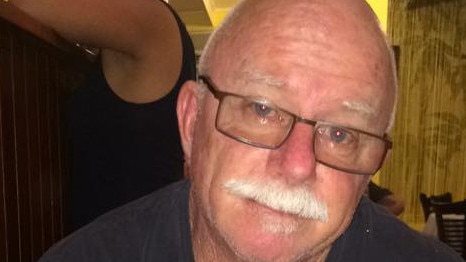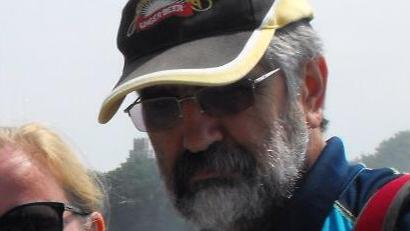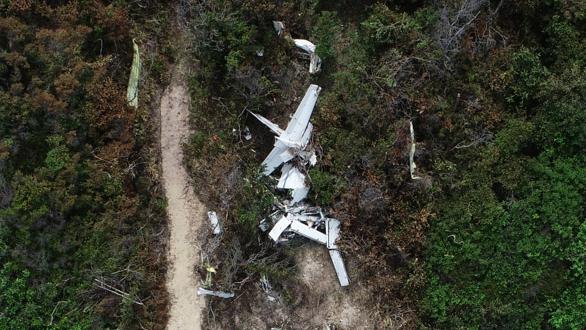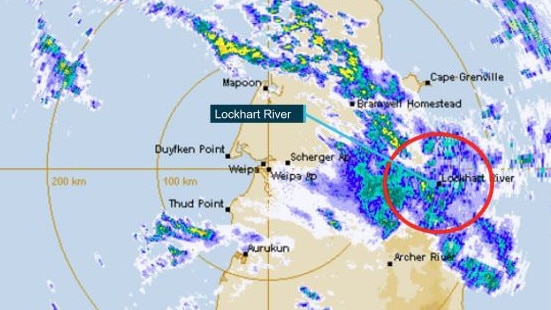‘Spatial disorentiation’ in heavy weather to be examined at Lockhart River plane crash inquest
Pelting rain on the windshield may have been the cause of pilot error, a pre-inquest conference into the tragedy that killed five at Lockhart River, has heard.
Cairns
Don't miss out on the headlines from Cairns. Followed categories will be added to My News.
Parents, siblings and partners of five men who lost their lives just over three years ago at Lockhart River gathered for a pre-inquest conference in Cairns on Friday.
Northern Coroner Nerida Wilson told those present they would have the opportunity to make a statement when the inquest into the Cessna crash into sand dunes on March 11, 2020, begins on July 17.
Qbuild workers Wayne Ganter, 63 Henry Roebig, 62, Wayne Brischke 57, and contractor Mark Rawlings, 49, were flying to Lockhart River for a day’s work on the local school when they were killed along with pilot Stuart Weavell, 36.

The Australian Transport Safety Bureau released a final 128-page report into the crash in December, stating the plane had not been fitted with a terrain avoidance and warning system (TAWS).
The ATSB report said there was no requirement for piston-engine aeroplanes to be fitted with a TAWS, even though this was an International Civil Aviation Organisation standard for planes authorised to carry 10 or more passengers, and had been adopted as a requirement in many comparable countries.
A TAWS would have explicitly indicated the aircraft was well below the recommended descent profile.
Counsel assisting the coroner, Ian Harvey, said ATSB lead investigator Dr Mark Walker would be among those giving evidence.

“He is an expert in human factors that may affect pilot handling of aircraft … the issue of spatial disorientation,” Mr Harvey told the court.
“Illusions can occur with rapid acceleration or deacceleration in limited visibility … reacting to bodily senses rather than instruments, it makes the pilot feel as though they are pitching up and they essentially fly at a lower level,” he said.

The ATSB report stated “heavy rain on a windshield is known to create refraction effects that can lead a pilot to perceive that the aircraft is too high, which can result in an unwarranted nose down correction and flight below the desired flight path”.
The plane left Cairns at 7.30am and was due to land at Lockhart River at about 9.06am but the pilot missed the first approach.

A passenger sent pictures taken from the right side of the cabin with messages saying there was heavy rain and the runway was not visible at 9.03am and 9.19am.
The plane crashed into sand dunes at 9.19am.
The ATSB said misreading the altimeter by 1000ft was most likely, although there was insufficient evidence to provide a definitive conclusion.

Coroner Wilson acknowledged the courage it took for families to attend the inquest.
“To attend the inquest is to regrettably reopen unhealed wounds and I have no doubt the loss is immeasurable,” she said.
She said her findings would be aimed at preventing future deaths rather than allocating blame.
Mr Weavell had flown into Lockhart River eight times since 2019.

The inquest will examine the level and adequacy of Mr Stuart Weavell’s pilot training, flying proficiency and experience in conducting RNAV GNSS approaches, and whether Air Connect Australia had in place an appropriate safety management system or standard operating procedures for flights involving RNAV GNSS approach.
An RNAV (GNSS) approach means an area navigation system.
It is not the first time the Lockhart River community has faced aviation tragedy.

On May 7, 2005, a Metroliner with two pilots and 13 passengers crashed 11km north west of Lockhart River in the Iron Range National Park on its final approach to land.
There were no survivors.
The plane was en route from Bamaga to Cairns via Lockhart River.
An ATSB investigation found the Metroliner had descended about 1000ft below the minimum obstacle clearance altitude when it crashed into a hill.
Originally published as ‘Spatial disorentiation’ in heavy weather to be examined at Lockhart River plane crash inquest




